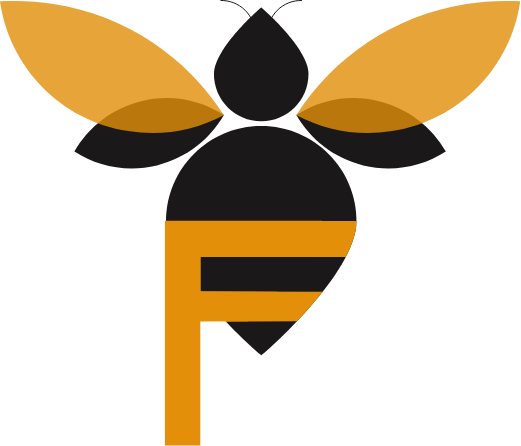There are so many different species of bees, roughly 20,000 species world wide. In the UK alone there are over 250 species of bee but only one is used by us to produce honey.
Honeybees are the only bees that live in a large communal colony and are kept in hives to produce honey.
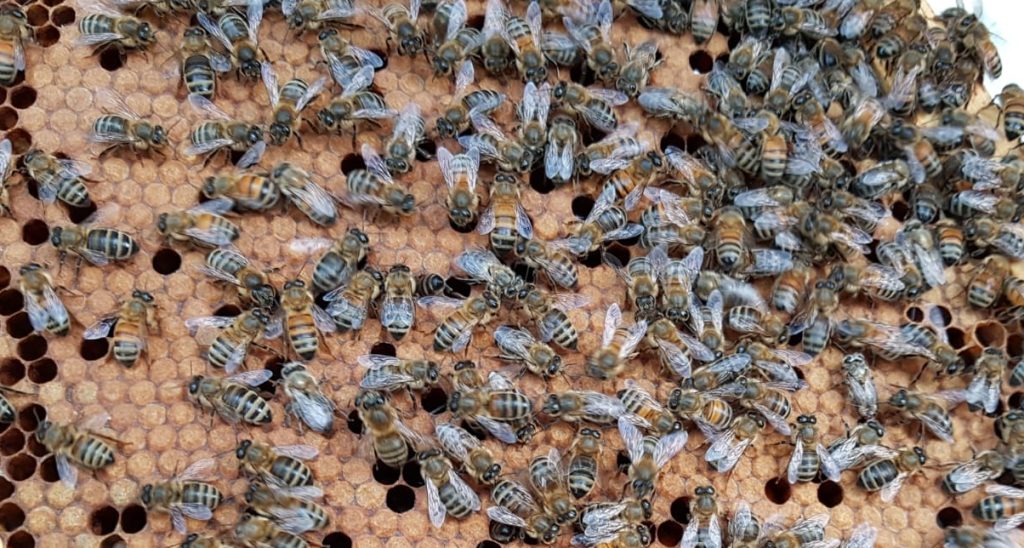
Of the 24 species of bumblebees found in the UK only about 8 are common and widespread. There may appear to be more as the queens and males are often different in appearance; both in colour and size.
Bumblebees tend to be bigger and fewer than honey bees, they look roundish and furry – they have a thick layer of hairs on their bodies usually banded black and yellow, sometimes with orange, red or white. Traffic at a nest entrance consists of only a few bees a minute. One particular species, the recently arrived ‘tree bumblebee’, likes to take up residence in bird boxes and the males often fly around the entrance on sunny afternoons causing people think is a swarm of bees. They are quite easy to identify having a ginger middle, then a broad black band with a white tail.
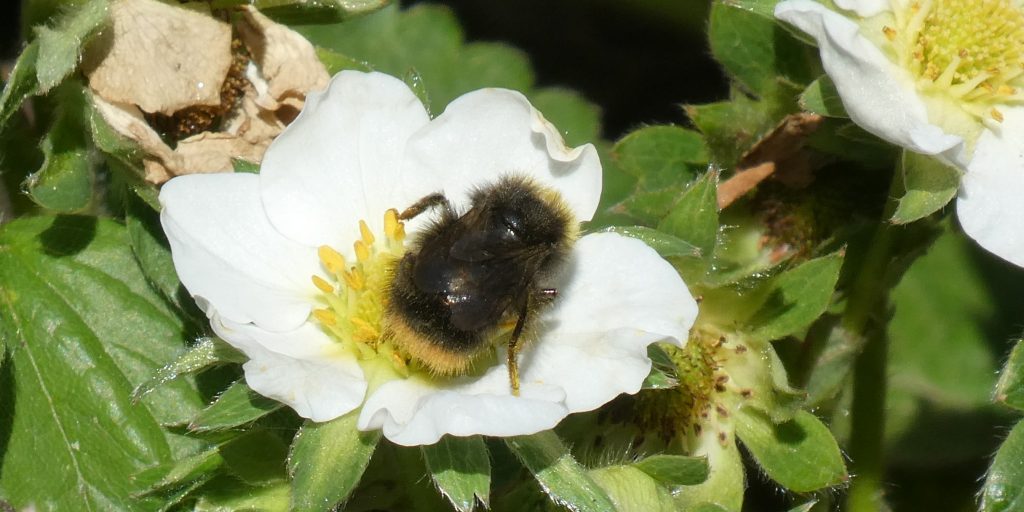
The Bumblebee Conservation Trust has a great site for identifying bumblebees.
Solitary bees come in a large number of different species – most go unnoticed but some do look similar to honeybees. Each bee sets up an individual ‘nest’ containing several eggs and the necessary stores for the larvae to grow to maturity. At the end of the juvenile development the new adults emerge at short intervals. These bees are particular about where they set up their nests, and often many bees to do so in close proximity to one another, and if the conditions are right a large number of nests can mature almost at the same time. In this case a large number of bees will be seen crawling or flying about and can be mistaken for a swarm. Some common varieties prefer light, sandy soil; others such as the red mason bee, can exploit holes in brickwork for nesting sites. Solitary bees are often stingless or have such small stings as to be no threat so the best advice is to live with them.
Wasps often nest in and around buildings. They are a similar size and shape to honeybees but have clearer yellow and black stripes. If the nest is visible, identification is easy; a wasps’ nest looks like a paper lantern. Local beekeepers can give initial advice about wasps but do not remove or destroy nests, for this you need a professional pest controller. A wasps’ nest will decay at the end of the season and they do not reuse nests so the problem will be gone in the autumn.
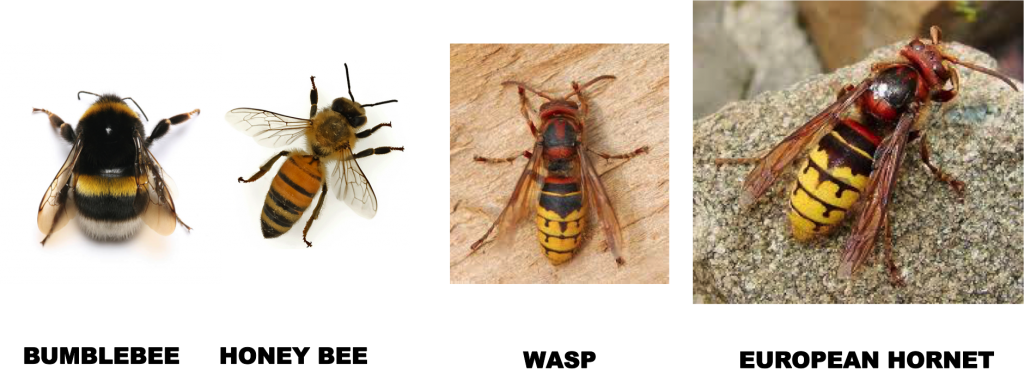
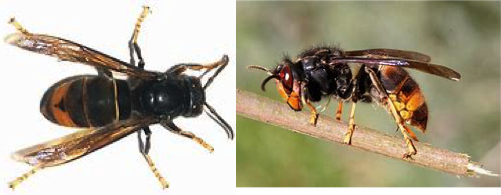
More information about identifying bees and other similar insects can be found by clicking on these links –
